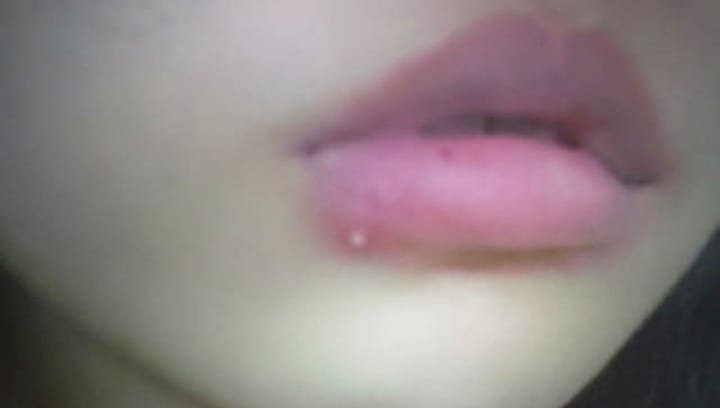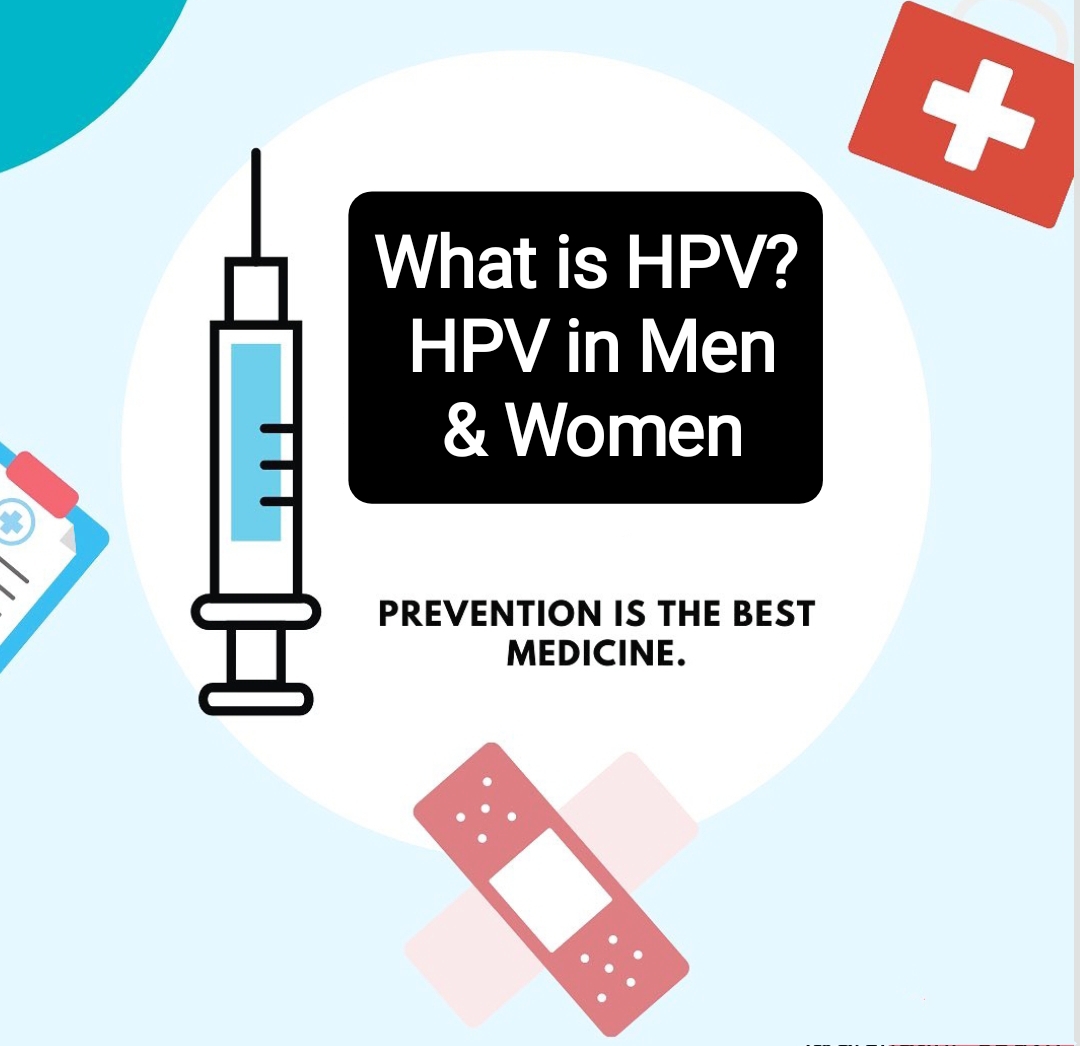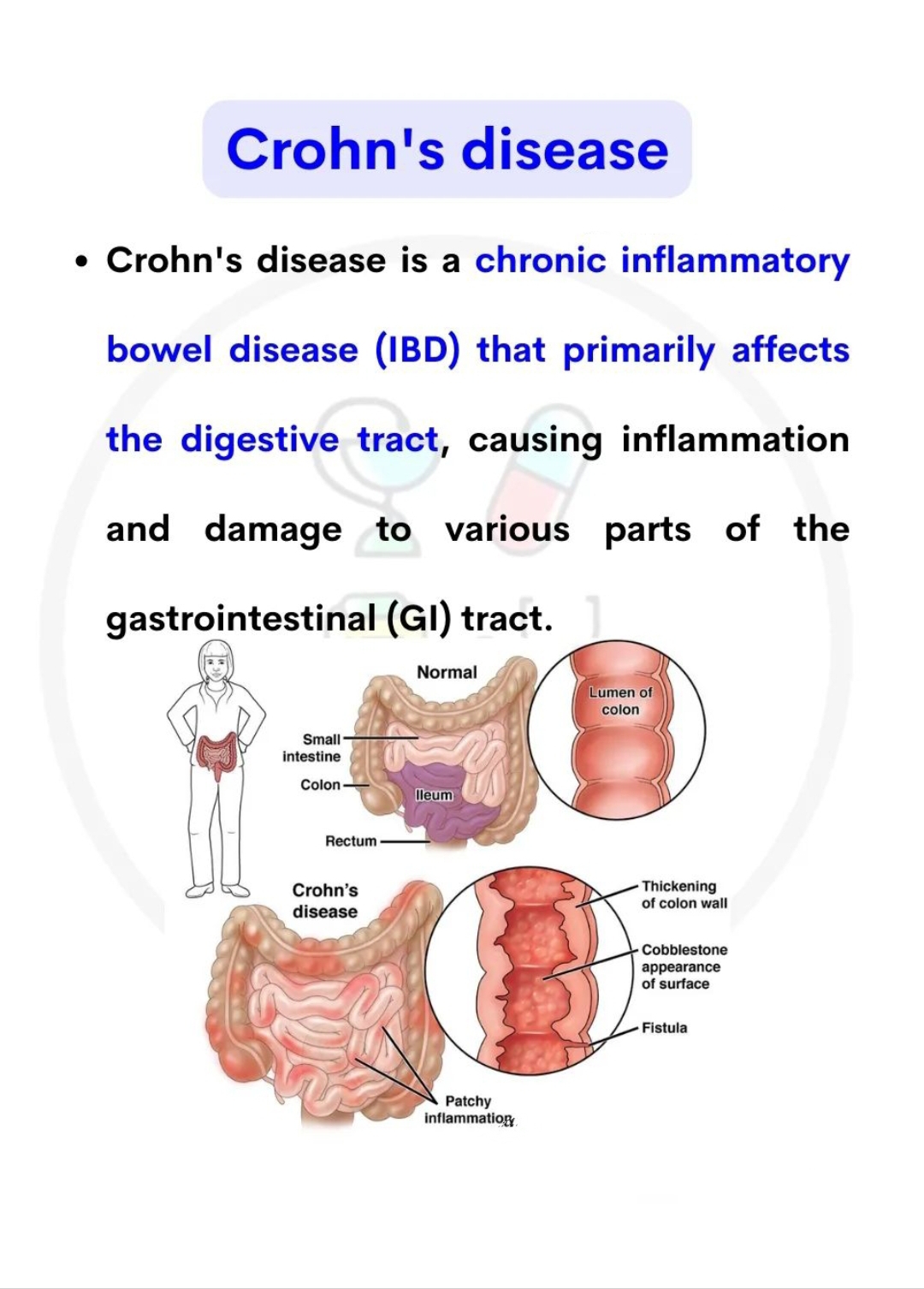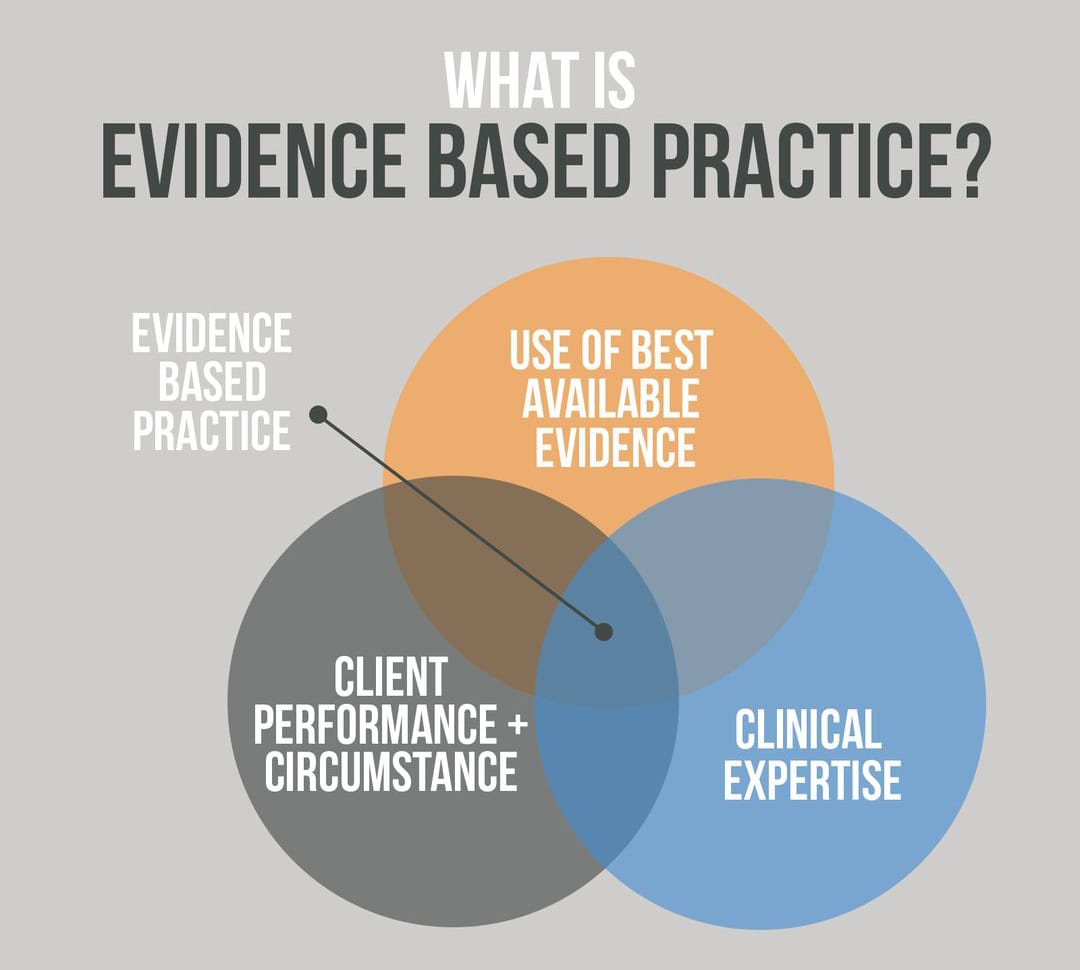Table of Contents
Lip pimples are one of the common dermatological conditions that may cause anything from mild inconveniences to severe discomfort. It therefore calls for management knowledge concerning the many types of lip lesions, their causes, and treatment remedies. This article will provide information of the depth regarding the causation of the pimples, differentiate them from disorders related to it, and discuss the current treatments as well as measures of prevention.
Understanding Pimples on the Lip
What is Pimple?
A pimple is an inflammatory lesion of the skin. Sometimes it is also referred to as an acne lesion. It can be quite sore, tender, red, swollen, and visible with the content of pus. Such a lesion develops when hair follicles become clogged with excess oil or sebum, dead skin cells, and bacteria.
What Can Cause Pimples on the Lip?
In general, there can be various causes for lip pimples, including:
- Hormonal Changes: There is a likelihood that oil production is set to rise during pregnancy, puberty, or menstruation.
- Poor Hygiene: Built-up bacteria and oils on the lip area can be observed if hygiene is not kept in check.
- Comedogenic Products: High oils in products like lip balms, lipsticks, or glosses can block pores.
- Allergic Reaction: Inflammation can be caused by sensitivities related to foodstuffs, cosmetics, or dentistry material.
- Dietary factors: In some, a high intake of sugars or milk may stimulate the effects of acne.
- Stress: Levels of stress too high can lead to hormonal imbalances that may promote acne.
Location
Acne on the lip itself, near the mouth, or along the vermilion border—the edge of the lip, where the lip meets the skin—may develop. The location can provide clues about the cause.
Appearance
The appearance of lip acne can be different:
- Red Inflamed Pustules: Swollen, red bumps
- Whiteheads: Small pustules filled with pus, similar to blackheads but less so
- Blackheads: Open comedones (acne) that appear as dark-topped lesions on the surface of the skin
Cold Sore vs. Pimple on Lip
Cold Sore: Generally, fever blisters are also referred to as cold sores and are due to the herpes simplex virus (HSV), most commonly HSV-1. Although they can occur almost anywhere on the face, they are most often observed in a cluster of small fluid-filled blisters near the lips or mouth.
Sign and symptoms:
- Prodrome stage: People usually begin to feel numbness, stinging or burning sensations in the area before blisters appear.
- Blister Formation: Tiny fluid-filled blisters appear, sometimes in clusters. These may rupture and be painful.
- Crusting and Healing: Fluid oozes from the blisters for one to two days before crusting over them with a scab. Healing usually occurs within one to two weeks.
Other symptoms may include:
- Redness and inflammation around the lesions
- Mild fever or swollen lymph nodes, especially in the early stages of the rash
While cold sores are very contagious, they can also be caused by stress, exhaustion, disease, or exposure to the sun. There is no cure for the condition, but antiviral drugs can be used to reduce the pain and hasten healing.

Difference between Cold Sores and Pimple on lip
Causes
There is a very common infection known as herpes simplex caused by the herpes simplex virus, usually HSV-1.
- Cold sores are communicable. They can be induced by stress, disease, or exposure to the sun.
- Acne: Caused by germs, dead skin cells, and excessive sebum, blocked hair follicles. They are not communicable, but they are linked with acne.
- Facial herpes : Usually appear on or around the lips, they appear as a cluster of small, fluid-filled lesions. Most often, they precede a tingling sensation.
- These red inflamed regions that are either free or may contain pus are often called pimples. These can appear almost anywhere on the body, but they generally occur on the shoulders, back, and face.
Symptoms and signs of typical cold sore
- There can be a stinging or burning sensation before the blisters appear. They can also cause swollen lymph nodes or low-grade fever during the initial stages of an attack.
- Acne: They typically are not herpes since they lack the same sensation associated with herpes, although they can be tender or aching. They may present with other types of acne, such as blackheads or whiteheads.
Treatment
- Cold sore antiviral drugs, creams, and painkillers in general are the common treatments. Healing time is normally between seven to 14 days.
- Acne: Topical retinoids, salicylic acid, and benzoyl peroxide can be applied or ingested. Treatment depends on the severity of the acne.
Contagiousness
- Highly contagious at the time when blisters appear.
- Pimples: Caused by certain skin conditions; not contagious.
- Understanding this helps diagnose and treat any disease properly.
To remove the pimples effectively, several steps have to be followed. Some methods to consider:
- Clear The Area
Oil and grime can be cleaned off with a mild cleaner. Steer clear of abrasive scrubs as they might irritate the skin. - Use a Spot Treatment
Benzoyl peroxide: Contributes to healing in the form of decreased inflammation and germ death.
Salicylic Acid: Opens up pores, thus exfoliating the skin.
Tea tree oil is one of those naturally occurring antimicrobial agents that can even decrease the cases of inflammation along with bacteria . - Use ice on the zit
Apply ice for sometime can minimize swelling and redness. Place a handkerchief over the ice and press it up against the pimple. - Don’t pop and squeeze
Popping may make it worse, and leave scars. It will be better if you let the pimple heal on its own. - Moisturizing
Apply a thin, oil-free, non-comedogenic moisturizer that hydrates but does not clog the pores. - Review Over the counter Medication
Look for product that contain retinoids because they can help your cell turn over and prevent new zits from occurring. - Keep Skin Care Routine
To reduce your chances of getting more breakouts, wash and treat your skin regularly. - Pay Attention to Diet
Some people find that fewer breakouts occur when the intake of dairy products and sweets is lowered. - Drink Water
Hydrate your skin and flush out all toxins by drinking plenty of it. - Make a visit to the dermatologist If your acne is persistent, your dermatologist might prescribe more potent medications or prescribe you prescription drugs.
Lip pimples are often avoided and controlled by good hygiene:
- Wash your lips gently twice a day with mild soap or cleanser.
- Do not touch your lips with dirty hands.
- Clean your makeup properly by the end of the day.

You can easily control and minimize the growth of pimples by following the above tips.
Home Remedies for Pimples on the Lip
Here are a few of the best natural remedies for pimples:
- Tea Tree Oil: You should apply your pimples directly with diluted Antibacterial Tea Tree Oil.
- Aloe Vera gel is supposed to be soothing. When you apply the gel, the pimple will immediately reduce its inflammation, and that is why it heals.
- Honey: Honey contains antiseptic properties and is a completely natural product. Though honey is soothing, use a thin layer-not a thick one-on the affected area to apply some antiseptic action.
- Hazel Witch: This is another all-natural astringent that will help clean out pores and soothe irritation.
When using home remedies, apply carefully
- Before applying a new remedy, try it in a small test area of the skin.
- Avoid anything that might cause irritation on your skin around the mouth.
How to Get Rid of a Pimple on the Lip Overnight
If you want to get rapid relief, you can consider the following options:
- Apply ice wrapped in a cloth to the zit to decrease the swelling and redness for ten to fifteen minutes.
- Apply a small dab of salicylic acid or benzoyl peroxide on the zit at night
Recommended Products and Techniques
- For that reason, ensure you find spot treatments at night that are non-comedogenic as well as gentle so they won’t be harsh on your skin since they are products targeted to be used on the face.
- Do not squeeze or pop the pimple in an effort to eliminate it because this can cause infection and scarring.
White Pimple on Lip
Traits and Causes
Whiteheads are formed by a blockage of dead skin and sebum in the hair follicle. These are small, small, bumps which are usually tender and inflamed.
How to Get Rid of Whiteheads
- Mild Exfoliation: Apply a mild exfoliating product to clean out pores.
- Topical Retinoids: Can be given to enhance cellular turnover and to prevent further whiteheads.
Location
White pimples may appear almost anywhere on the lip or face, but they are most likely to occur where the oil glands are clustered.
Appearance
White pimples often appear as tiny small bumps of white or flesh-colored with a tiny, observable white found at the center which, in many cases, are surrounded by redness.
Blackhead Pimple on Lip
How Do They Look Like on the Lip?
Blackheads are open comedones due to oxidation of the sebum in the pores as a result of pore blockage, causing the surface to darken. Blackheads can appear around the mouth but, it’s relatively common at the mouth.
Removal and Prevention Techniques
- Exfoliate: A person should regularly exfoliate with gentle scrubs to avoid buildup .
- Clay Masks: They can clear impurities or excess oil from the face.
- Non-Comedogenic: All lip balms should be non-comedogenic and thus not clog pores.
Location
Blackheads can appear on the lip and /or in the surrounding skin. They often appear along the vermilion border.
They are small, dark spots that can be flat or slightly raised. They are also less inflamed than many other sorts of pimples.
In the End
In fact, lip pimples have several causes, from hormonal fluctuations, the lack of personal hygiene and some specific products. It is therefore of the highest importance to distinguish between a cold sore and a pimple, so that appropriate treatment might be implemented. Such lesions are quite easy to care for and prevent with good skincare skills, hygiene, and efficient therapeutic measures.
Patients should see a dermatologist if the pimple on the lips grow, do not change, or persist and are associated with other concerning symptoms. The dermatologist can check out and diagnose hidden problems that need attention and provide options for personalized treatments.
Also Read: Knee Pain Location Chart: Inner and Outer Knee Pain.
If you like to get fitness tips Click here

Ankush Kumar is a professional content writer and the founder of Healthnick.com. He is a health and wellness enthusiast with a deep interest in nutrition, fitness and holistic living. Harish is committed to delivering research-based insights on various health topics. He enjoys exploring new trends in health, experimenting with nutritious recipes, and staying active.






